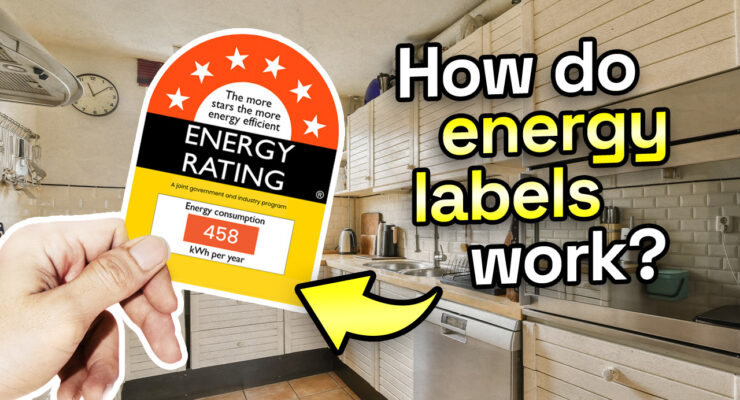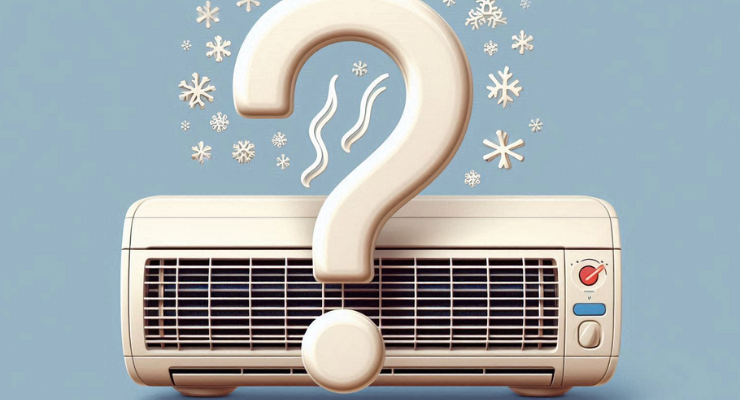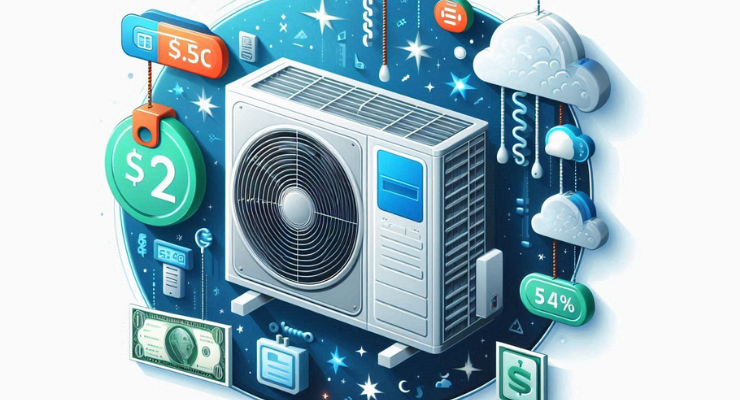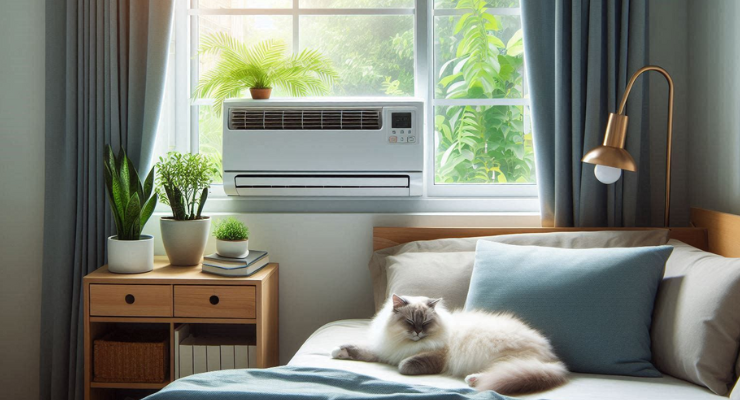Fast read
Energy rating labels can help consumers choose the more energy-efficient appliances and save a significant amount of money on their electricity bills over the years.
By March 2025, the outdated energy rating labels for air conditioners will be phased out and replaced by the new "Zoned Energy Rating Label" (ZERL). The new label offers more in-depth information relevant to the area and highlights various ratings according to the place.
The label lists the appliance's annual energy consumption in kWh for three different zones—"HOT," "AVERAGE," and "COLD" locations, along with a star rating out of 10 for cooling and heating. As the environment in which it is situated has a more significant impact on its performance, the label will be visible on appliances for space cooling and water heating.
Energy rating labels – A valuable tool to save money on electricity bills
Energy rating labels can now be found on appliances that use a reasonable amount of energy. Such as air-conditioning units, fridges and washing machines.
For certain products, manufacturers are responsible for displaying labels, including fridges, freezers, clothes dryers, washing machines, air conditioning units, dishwashers, TVs, and heaters.
To obtain the average annual kWh data and star rating info, manufacturers are legally required to test their products before they continue sale. Then display the independent test result via the relevant energy rating label.
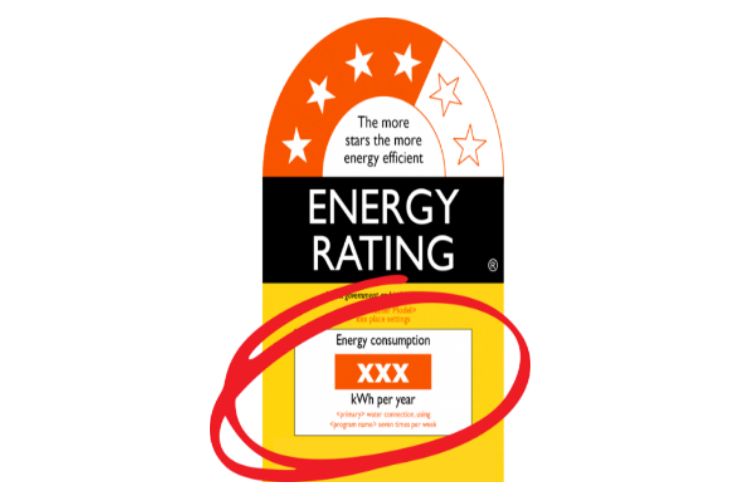
Why is this?
The energy rating label allows the purchaser to compare similar-looking units regarding long-term efficiency and running energy costs. It does this by showing you the overall efficiency of the appliance via a Star rating (the higher, the better).
The star rating is not about the product’s efficiency but works as a ranking compared to similar products. Therefore, the more stars shown on the energy rating label, the more efficient the product will be compared to a similar appliance with likewise features.
Choose the ones with the most stars and the lowest kWh consumption estimate.
While in the olden days’ star labels went up to 6 stars, more efficient modern units can now reach as high as 10 stars. With a second row of stars introduced a few years ago.
Before making the final decision
When you decide which appliance to use and which will be financially most advantageous. Please also consider how long you expect the device to last.
If, for example, you buy a fridge with a 10-year life expectancy and the lower star model is 150 dollars cheaper but needs 100 kWh a year more to run, which one presents the more affordable choice over its lifespan?
In my calculation, at the cost of 32 cents per kWh, you will pay $320 more in electricity over the 10 years (100kWH more per year x 10 years = 1000 kWh x 0.32 cents = $320). This means the cheaper model over 10 years will cost you ($320 more running cost – $150 initial more affordable price) = $170 more in total.
So why not calculate the estimated running cost, look at the initial purchase price, and see which unit offers the better return overall?

Consider the star label when making purchasing decisions
So if during the purchasing of the various appliances, as you replace them. Make the energy consumption and star rating a determining factor in choosing the models. You will, over time, put downward pressure on your electricity bills.
You can also know which appliance costs you how much to run by comparing the annual kWh number on the energy rating label and multiplying it with your local kWh rate. Your local electricity rate is usually found on the back of the electricity bill.
Some regions also have time-of-use tariffs, which means there are differing kWh rates during the day. To simplify, average the peak, shoulder, and off-peak periods for your calculation factor. This may make the calculations a bit more complex.
So the calculation formula is Total annual energy consumption in kWh on the label x local electricity tariff for 1 kWh = yearly running cost.
What about second hand appliances?
A quick internet search will allow you to gain valuable Energy Star rating information on devices under 10 years old.
What is a zoned energy star label?
Air conditioners can be especially energy-intensive. They also can perform differently in various climates.
For units that are wall mounted, meaning non-ducted, a label must now be displayed. This gives you a zone label to let you check the performance in three differing regions. They are
The performance of air conditioners is affected by the climate it is operating in. For this reason, new non-ducted household air conditioners must display a new Zoned Energy Rating Label that considers your climate.
These climate zones are called cold (e.g. Tasmania), Average, e.g. Sydney and Hot, e.g. Cairns. In addition, the label will show the efficiency of the unit in your particular region.
Estimated energy use in kilowatt hours (kWh) per year is displayed on the right side of the label for heating (red) and cooling (blue) for each of the three climate zones.
For each of these three zones, there is a rating with a total of ten stars for cooling and heating. This new one is based on the unit’s energy efficiency, as in all energy rating labels. Next to the stars, the new label also shows the kWh consumption per year of the appliance.
The look of the new Energy Rating Label
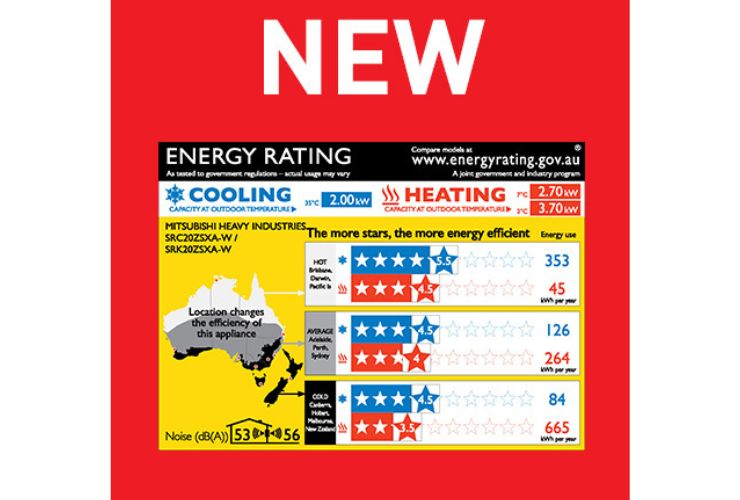
A further improvement is displaying the outdoor unit’s noise level in decibels. This can be an essential consideration when buying a unit, as sometimes the only available spot is near a bedroom window or the neighbour’s fence opposite a bedroom window. Again, choosing a quitter unit might avoid costly neighbourhood disputes.
So as you know, this improved air conditioning label system is voluntary and will only become mandatory in March 2025. You may need to search online to find the noise level (db) of the air conditioning units you are looking at.
Water heaters will also be required to introduce this new labelling system air conditioners. Beyond 2025, this more detailed labelling system will likely be applied to other appliances.
Is this new label needed?
New labels with clear, region-specific info will help consumers make smarter, energy-efficient choices. This will help Australia become more energy efficient, one appliance at a time.
Having this information displayed also provides an incentive to manufacturers to make products that are efficient in different climates. This will make them avoid having one average stock standard product across all three environments. Instead, they hope to have three specialising variations that are extremely efficient in each climate.
The old label is being replaced by the new Zoned Energy Rating Label. This change may be sad for some people. However, the new label will help users save energy. This will make users more energy efficient.
